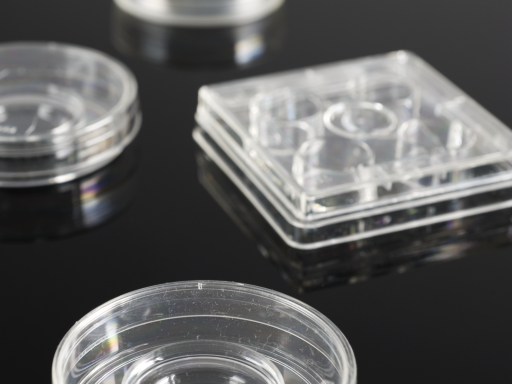
As our exhibition ‘IVF: 6 Million Babies Later’ closes we explore the news that the first genome edited babies have been born.
From iconic galleries like Exploring Space to award-winning newer additions to the museum like Mathematics: The Winton Gallery our galleries make the museum an inspiring place to explore. We also open temporary exhibitions throughout the year covering a range of topics from science and technology to history and photography.

As our exhibition ‘IVF: 6 Million Babies Later’ closes we explore the news that the first genome edited babies have been born.
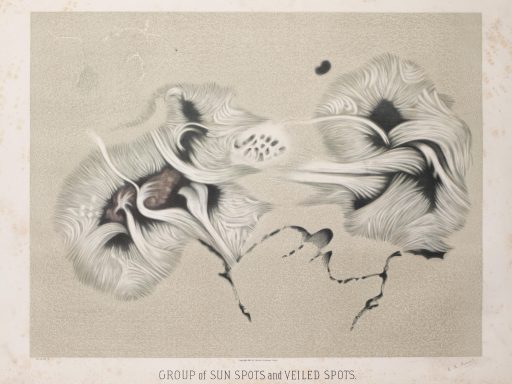
We discover four people whose work has shaped our understanding of and ongoing fascination with our nearest star.
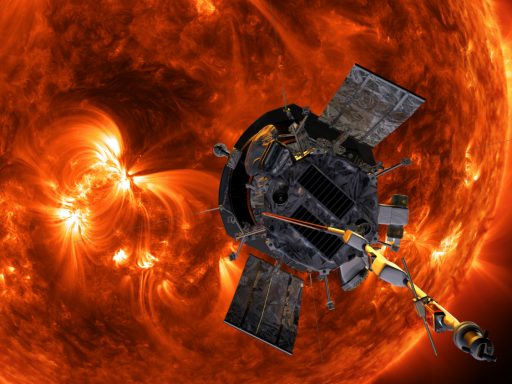
Lead curator of our recent exhibition The Sun: Living With Our Star, Dr Harry Cliff, marks the first perihelion of NASA’s Parker Solar Probe – its record-breaking approach to the Sun.
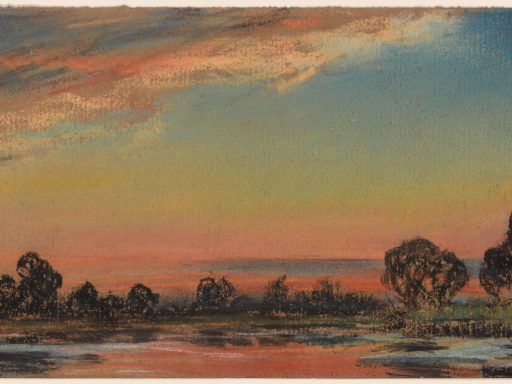
In anticipation of the clocks changing we look at how Daylight Saving Time affects our health and well-being.
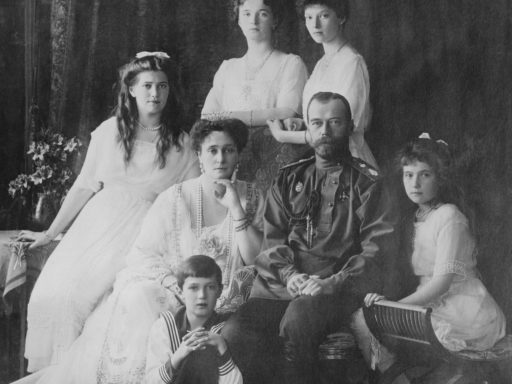
We take a close up look at the history of two of the last Imperial Fabergé Easter Eggs ever to be made, currently on display in The Last Tsar: Blood and Revolution.
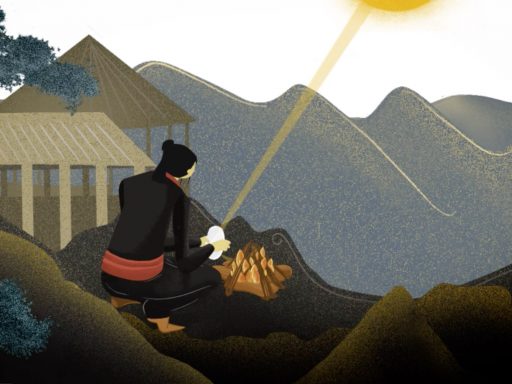
Amy Davy explores the different ways people have harnessed the power of the Sun throughout history.
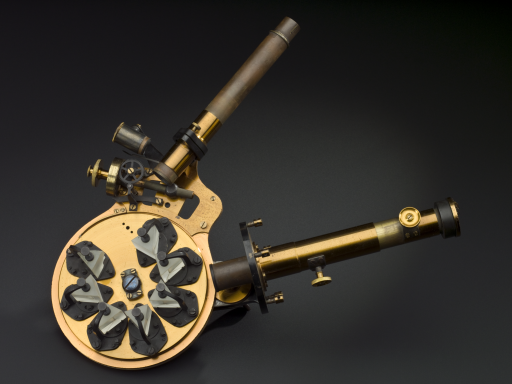
On 20 October 1868, Norman Lockyer discovered helium. Associate Curator of Chemistry Rupert Cole tells the story.
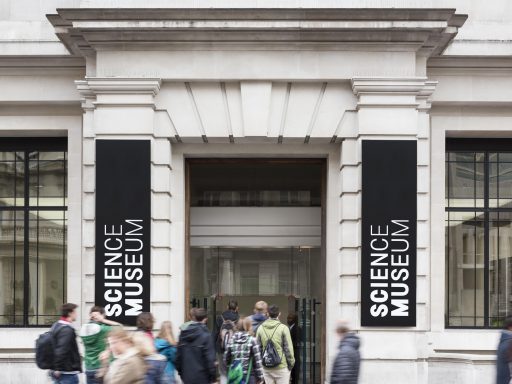
Imagine if the displays at our great national museums never changed; no temporary exhibitions, the same objects on gallery and therefore the same ones in storage.
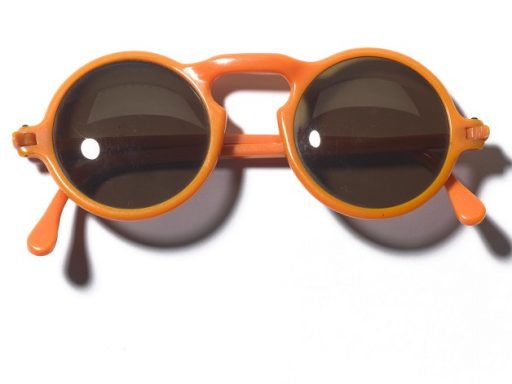
Ahead of London Fashion Week, we’re looking back at how the Sun has helped inspire trends in the colours and clothes we choose to wear.
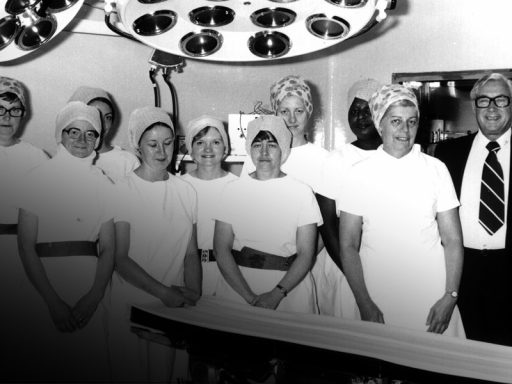
John Webster recalls his time working alongside Muriel Harris, who played an important and integral role in the development of IVF research.

Hear from up-and-coming Brazilian artist Rafael Alonso about his piece ‘Very Nice’, the artwork he created for The Sun: Living With Our Star.
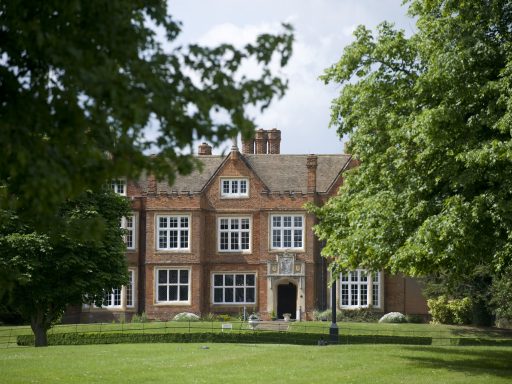
Research scientist Kay Elder takes us through the history of the first IVF clinic – Bourn Hall.